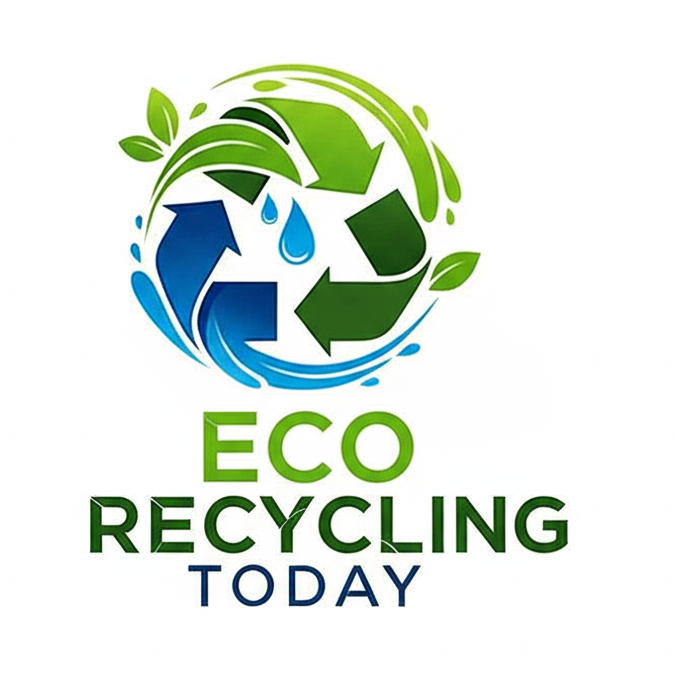In today's eco-conscious market, sustainability is no longer just a trend—it's a business imperative. As environmental concerns grow, many major brands are stepping up by rethinking how they package their products. One of the most impactful changes? The widespread adoption of recycled plastic packaging.

Why Recycled Plastic Packaging Matters
Traditional plastic production relies heavily on fossil fuels and contributes to landfill overflow and ocean pollution. By switching to recycled plastic, companies reduce their carbon footprint and help divert plastic waste from the environment. Plus, sustainable packaging appeals to today’s eco-conscious consumers, making it a smart business move.
Top Brands Leading the Way
1. Unilever
Unilever has committed to halving its use of virgin plastic by 2025 and aims to use at least 25% recycled plastic in its packaging. Its popular brands like Dove and Hellmann’s now feature bottles and containers made from post-consumer recycled (PCR) plastics.
2. Coca-Cola
Coca-Cola has pledged to make all its packaging 100% recyclable globally by 2025, with a significant focus on incorporating recycled materials. In many markets, the company already offers bottles made with up to 100% recycled PET plastic, reducing the need for virgin materials.
3. Nestlé
Nestlé has invested heavily in developing sustainable packaging solutions, including recycled plastics. In 2020, the company committed over $2 billion to shift from virgin plastics to food-grade recycled plastic and to accelerate packaging innovation.
4. Procter & Gamble (P&G)
P&G, the maker of brands like Head & Shoulders and Tide, is integrating ocean-bound plastic and other recycled materials into its packaging. It aims to make all packaging recyclable or reusable by 2030, with a strong emphasis on recycled content.
5. PepsiCo
PepsiCo is striving to use 50% recycled plastic in its plastic packaging by 2030. It also supports the development of a circular economy through partnerships and investments in recycling infrastructure.
Common Types of Recycled Plastic Used in Packaging
Not all plastics are the same. Different types of plastic offer different qualities, and some are more commonly recycled and reused in packaging than others. Here are the most frequently used types of recycled plastic in sustainable packaging:
1. PET (Polyethylene Terephthalate) – #1
- Most common in beverage bottles and food containers
- Highly recyclable and often turned into new bottles, containers, or even clothing
- Brands like Coca-Cola and PepsiCo use recycled PET (rPET) in their bottles
2. HDPE (High-Density Polyethylene) – #2
- Used in milk jugs, detergent bottles, and shampoo containers
- Durable and resistant to chemicals
- Frequently recycled into new bottles, piping, and packaging materials
3. LDPE (Low-Density Polyethylene) – #4
- Found in plastic bags, shrink wrap, and some flexible packaging
- Recycled LDPE is used less often in packaging due to contamination challenges, but innovations are making it more viable
4. PP (Polypropylene) – #5
- Used in yogurt cups, bottle caps, and food packaging
- Increasingly recycled into automotive parts, containers, and some types of rigid packaging
- Companies like Unilever are exploring more uses for recycled PP in consumer products
How Recycled Plastic Are Made
Before recycled plastic can be turned into new packaging, it goes through a detailed processing journey. The end product—recycled plastic pellets—is a versatile material that many brands use to create bottles, containers, and wrappers.
1. Collection
Plastic waste is collected from post-consumer sources (like bottles and containers) or post-industrial sources (scraps from manufacturing). These materials are then sorted by type and color.
2. Cleaning and Shredding
The plastic is thoroughly washed to remove labels, adhesives, and contaminants. Once cleaned, it’s shredded into small flakes.
3. Melting and Filtering
The flakes are melted down and filtered to remove any remaining impurities. This ensures the material is clean and suitable for re-use.
4. Pelletizing
The melted plastic is then extruded and cut into small, uniform plastic pellets. These pellets can be easily transported, stored, and remolded into new packaging products.
With technology improving and consumer demand increasing, the use of recycled plastics in packaging is only expected to grow. Innovations like chemical recycling and bioplastics are also set to complement the recycled plastic movement, making packaging even more sustainable.
